Related Research Articles
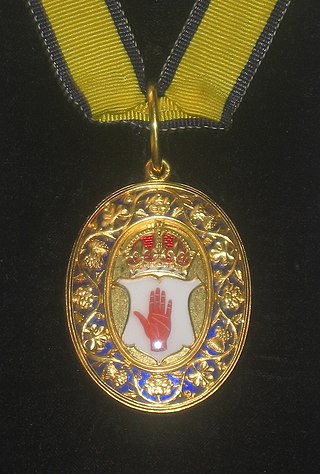
A baronet or the female equivalent, a baronetess, is the holder of a baronetcy, a hereditary title awarded by the British Crown. The title of baronet is mentioned as early as the 14th century; however, in its current usage it was created by James I of England in 1611 as a means of raising funds for the crown.

The Shakespeare Baronetcy, of Lakenham in the City of Norwich, is a title in the Baronetage of the United Kingdom. It was created in 1942 for the Liberal politician Geoffrey Shakespeare. The third and current Baronet is a geneticist and sociologist.
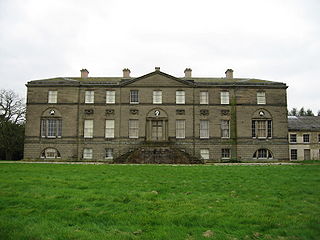
The Broughton, later Broughton-Delves, later Broughton Baronetcy, of Broughton in the County of Stafford, is a title in the Baronetage of England. It was created on 10 March 1661 for Sir Brian Broughton, of Broughton Hall, near Eccleshall, Staffordshire, High Sheriff of Staffordshire from 1660 to 1661 and the member of an ancient Staffordshire family.

The Errington Baronetcy, of Ness in the County Palatine of Chester, was created in the Baronetage of the United Kingdom on 26 June 1963 for Sir Eric Errington, 1st Baronet.
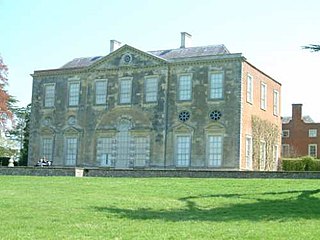
There have been three baronetcies held by persons with the surname Verney, one in the Baronetage of England and two in the Baronetage of the United Kingdom. Two of the creations are extant as of 2016.
There have been four baronetcies created for members of the Harmsworth family, all in the Baronetage of the United Kingdom. All recipients were brothers.
There have been two baronetcies created for persons with the surname Bates, both in the Baronetage of the United Kingdom. As of 2014 both creations are extant.
There have been six baronetcies created for persons with the surname Brooke, one in the Baronetage of England, one in the Baronetage of Ireland and four in the Baronetage of the United Kingdom. As of 2015 four of the creations are extant, though one has been subsumed into a peerage.

The de Capell-Brooke Baronetcy, of Oakley in the County of Northampton, was a title in the Baronetage of the United Kingdom. It was created on 20 June 1803 for Richard de Capell-Brooke, a bencher of the Inner Temple and for 30 years a Colonel of the Northamptonshire Militia. Born Richard Supple, he was the son of Richard Supple, of Ahadoe, who in the 1750s married Mary, daughter of Arthur Brooke, of Great Oakley, Northamptonshire. In 1797 he inherited the Great Oakley estate from his great-uncle, Wheeler Brooke, and assumed at that time by sign manual and in obedience to the testamentary injunction of his great-uncle the surname Brooke as well as the original surname of his family, de Capell. He was succeeded by his eldest son, the second Baronet, who was a noted travel writer and Fellow of the Royal Society. The fifth Baronet was High Sheriff of Rutland in 1899, a deputy lieutenant of Northamptonshire and a justice of the peace and also unsuccessfully stood three times for the parliamentary seat of East Northamptonshire. On 4 July 1939 he was elevated to the Peerage of the United Kingdom as Baron Brooke of Oakley, of Oakley in the County of Northampton. The barony became extinct on his death in 1944 while he was succeeded in the baronetcy by Sir Edward de Capell-Brooke, the fifth Baronet. The baronetcy became extinct on the latter's death in 1968.

There have been four baronetcies created for persons with the surname Hope, three in the Baronetage of Nova Scotia and one in the Baronetage of the United Kingdom. As of 2010 one creation is extant, one dormant and two extinct.
There have been three baronetcies created for persons with the surname Newman, one in the Baronetage of England and two in the Baronetage of the United Kingdom. Two of the creations are extant as of 2007.
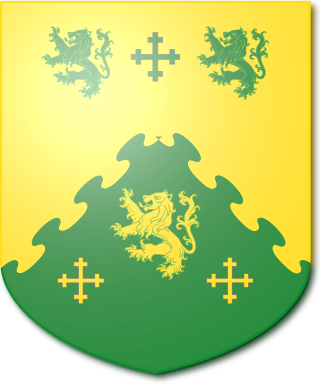
There have been two baronetcies created for members of the Ripley family, both in the Baronetage of the United Kingdom. One creation is extant as of 2007.
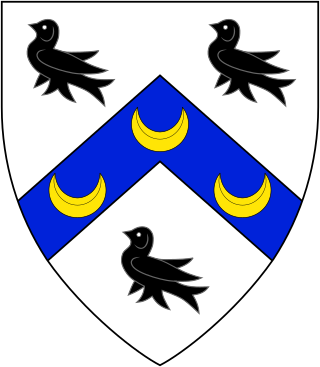
There have been seven baronetcies created for persons with the surname Watson, one in the Baronetage of England, one in the Baronetage of Great Britain and five in the Baronetage of the United Kingdom. One creation is extant as of 2016.

There have been two baronetcies created for different branches of the Throckmorton family, 6th cousins, both descended from Sir John Throckmorton, Under-Treasurer of England temp. King Henry VI (1422–1461). Both titles, which were in the Baronetage of England, are now extinct. The Throckmortons, originally of Throckmorton near Pershore, Worcestershire, trace their history back to the 12th century. In 1409 Sir John de Throckmorton, Under-Treasurer of England, married Eleanor Spinney, daughter and heiress of Guy Spinney of Coughton, Warwickshire, where the senior branch of the family, which bore the junior baronetcy, became established. The Coughton estate included in 1968 a dower house named "Spiney House, Coughton", named after that family. The senior Throckmorton Baronetcy, of Tortworth in the County of Gloucester, was created in the Baronetage of England on 29 June 1611 for William Throckmorton, of Coss Court, Tortworth, Gloucestershire, sixth in descent from John Throckmorton, younger son of Sir John Throckmorton, Under-Treasurer of England. The third Baronet sat as Member of Parliament for Gloucestershire and Wotton Basset. The title became extinct on the death of the fourth Baronet in a duel in 1682.
There have been two baronetcies created for persons with the surname Mackworth, one in the Baronetage of England and one in the Baronetage of Great Britain. One creation is extant as of 2008.
There have been two baronetcies created for persons with the surname Lake, one in the Baronetage of Ireland and one in the Baronetage of Great Britain. As of 2014 one creation is extant.
There have been three baronetcies created for persons with the surname Stuart, one in the Baronetage of Nova Scotia, one in the Baronetage of England and one in the Baronetage of the United Kingdom. Two of the creations are extant as of 2008.
There have been two baronetcies created for members of the Fry family, both in the Baronetage of the United Kingdom. Both creations are extinct.
There have been two baronetcies created for persons with the surname Hulton, both in the Baronetage of the United Kingdom. Both are extinct.
References
- Kidd, Charles; Williamson, David (eds.). Debrett's Peerage and Baronetage (1990 ed.). New York: St Martin's Press.
- Leigh Rayment's list of baronets